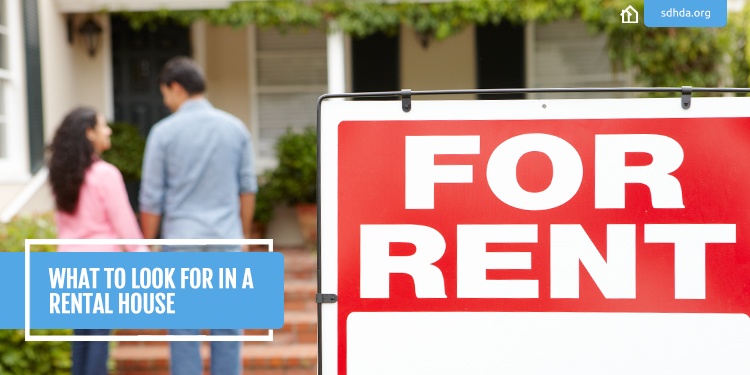
Residential living isn't just about apartments and owned houses. In fact, you can find a happy medium—renting a house is a good alternative when you want to test-drive the experience of single-family-home living without taking the plunge on a mortgage.
Here are five things to look for when investigating your rental-house options.
Comprehensive Maintenance
When visiting a potential rental house, make sure you ask plenty of questions of the owner—how much of the regular maintenance and upkeep of the property is the responsibility of the renter? Would you be responsible for maintaining a mowed lawn, shoveled sidewalk or any other items that would typically be covered by a property manager when renting an apartment? Request to see a sample lease so you can read the terms upfront—it could also help you identify other potential pros or cons, such as when and how often HVAC is checked or the owner's stated right to enter the premises.
Parking
One downside of renting a free-standing house versus a unit in an apartment complex is vehicle space. While apartment buildings are often paired with parking lots for tenants, rental homes are typically a part of a larger neighborhood of rented or owned homes. Look for a rental home that offers either garage or driveway space—and barring that, look for reasonably close street parking on non-emergency routes so you can comfortably park for short or long periods of time without too much trouble. (This is particularly important if you're renting with other vehicle-owning adults or tend to have guests over frequently.)
Appliances
If you're renting versus owning, odds are you won't be moving in with your own set of kitchen appliances or washer/dryer units. Make sure your potential rental home features these fixtures. While most rental homes will at the very least have hookups for laundry, not all are outfitted with the appliances themselves. Do your homework—and pay attention on your walk-through. Talk to the landlord about how old the appliances are, their capacities, how functional they are and how quickly they can be repaired by the property owner in case of a breakdown.
Wear and Tear
Just like you would in a home inspection when buying a house, pay attention during your rental house walkthrough to identify any potential signs of damage beyond the surface level. If you see indications, for example, of water damage or rodent or bug infestation, ask your landlord about them. The best-case scenario is to ensure it's in writing that these forms of damage were evident before you moved in, in case they resurface. (These can also be warning signs that the property owner isn't maintaining the home to its fullest potential—a hands-on property owner who takes pride in his or her units is a sign of a good landlord.)
Dimensions
While apartments typically feature predictable room, doorframe and hallway sizes that can be meticulously outlined in a listing, houses come with many variables. No two rental houses are likely to be built alike, which means you'll have to pay special attention to the sizes of the rooms and how narrow any pathways might be for move-in day. Will your three-seater couch even fit through the front door or up the stairwell? Keep a running list of your largest furniture pieces so you can easily compare their measurements against a potential rental's dimensions.


